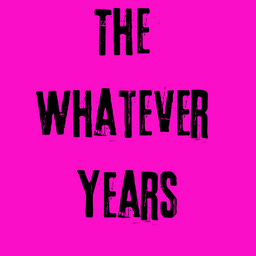Layoffs are in the air these days, and maybe you’re among the many casualties. Maybe you’ve found a better job, or maybe it’s time to retire. Whatever the reason for leaving your employer, you want to make sure you take all the money that is rightfully yours.
US tax law allows for several different employee benefit accounts. With most of these, any money you don’t use, you lose. Here’s a summary to make sure you get the most out of your benefits:
Health Savings Accounts
What these do: Health Savings Accounts (HSAs) allow people with high-deductible health plans to set aside money for their medical expenses on a pre-tax basis. The money in the account can be spent at any time, and it can be rolled over for future use.
What you need to do before your official last day: You can probably keep your HSA with the current vendor, although they are likely to charge you a monthly fee. After a while, keeping track of several accounts can be a hassle. A good alternative is to roll your miscellaneous HSA accounts into one. I use Lively for my self-employment HSA and for my rollovers. (Not an affiliate link.)
Archer Medical Savings Accounts
What these do: These are like HSAs, but are offered by small businesses.
What you need to do before your official last day: As with an HSA, you can keep the account or roll it over into an HSA account.
Flexible Spending Arrangements
What these do: Flexible Spending Accounts (FSAs) allow you to set aside money before tax for the medical expenses that you expect to incur each year. Any money that is not spent, you lose. Limited-purpose FSAs cover only vision, dental, and post-deductible medical expenses in a high-deductible health plan, while general FSAs can be spent on a range of goods and services.
What you need to do before your official last day: Spend the money. All of it. What you don’t spend reverts to your former employer, and it’s not like the extra few dollars is going to matter to quarterly earnings or save the job of a colleague. The amount you can spend is your annual benefit, not what you actually contributed. For example, if you put $100 a month in your FSA, your annual benefit would be $1200 per year. If you leave your job in April, you can spend all $1200, not just the $400 contributed so far. The challenge is spending it by your last day. When I left one job a few years ago, I bought a pair of eyeglass frames with my limited-purpose FSA balance on my last day of work. I got the eye exam and lenses later on.
Health Reimbursement Accounts
What these do: With a Health Reimbursement Account (HRA), your employer contributes the money for your health care expenses. You do not contribute anything. These are extremely rare, but if you have one, lucky you!
What you need to do before your official last day: Spend the money in your account on qualified medical expenses. You can’t spend the annual allocation, only the actual balance, and you can’t take the money with you.
Dependent Care FSA
What these do: A Dependent Care FSA allows you to set aside money, before taxes, to cover child care or eldercare expenses for someone claimed as a dependent on your tax returns.
What you need to do before your official last day: This is a “use it or lose it” account; you can receive reimbursement for expenses actually incurred up to your termination date, but not for any expenses incurred afterward. Your reimbursement is limited to the actual account balance.
Commuter Benefits
What these do: Commuter benefits, also called Commuter FSAs or Transit FSAs, allow you to pay for the costs of public transportation, carpools, and parking to get to and from work.
What you need to do before your official last day: Spend the account balance on qualified expenses. If you usually tap your transit account debit card to pay for the train, it’s time to transfer the balance to the transit operator’s app or use the benefit card to buy passes for future use. Otherwise, you lose the account balance.
Finally, I’d like a moment on my soapbox:
My Soapbox
It is ridiculous that people can get tax breaks on expenses like medical supplies and public transit only if their employer sets up a plan that gives them the break. This is the worst way to distribute a public welfare benefit—and that’s what these tax savings are. Instead, everyone should get these items on the same terms. Businesses can pay taxes to support everyone instead of paying fees to administrative services companies.





